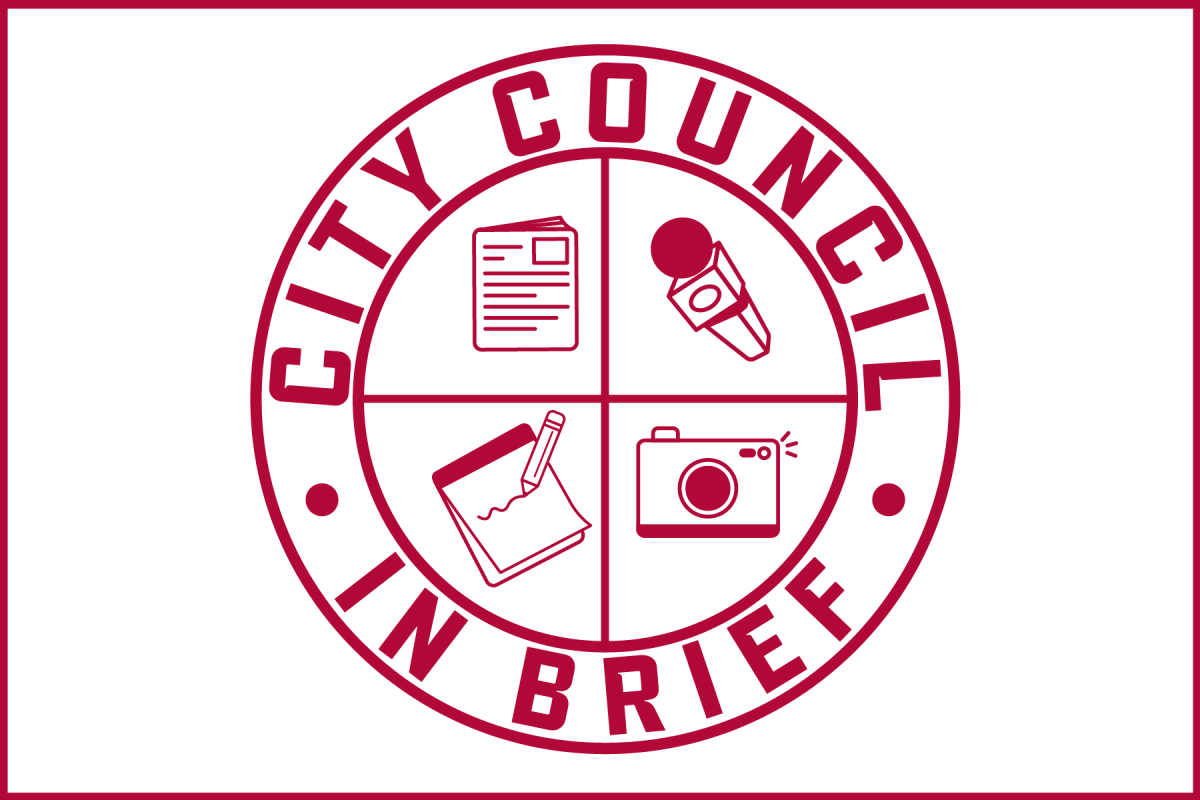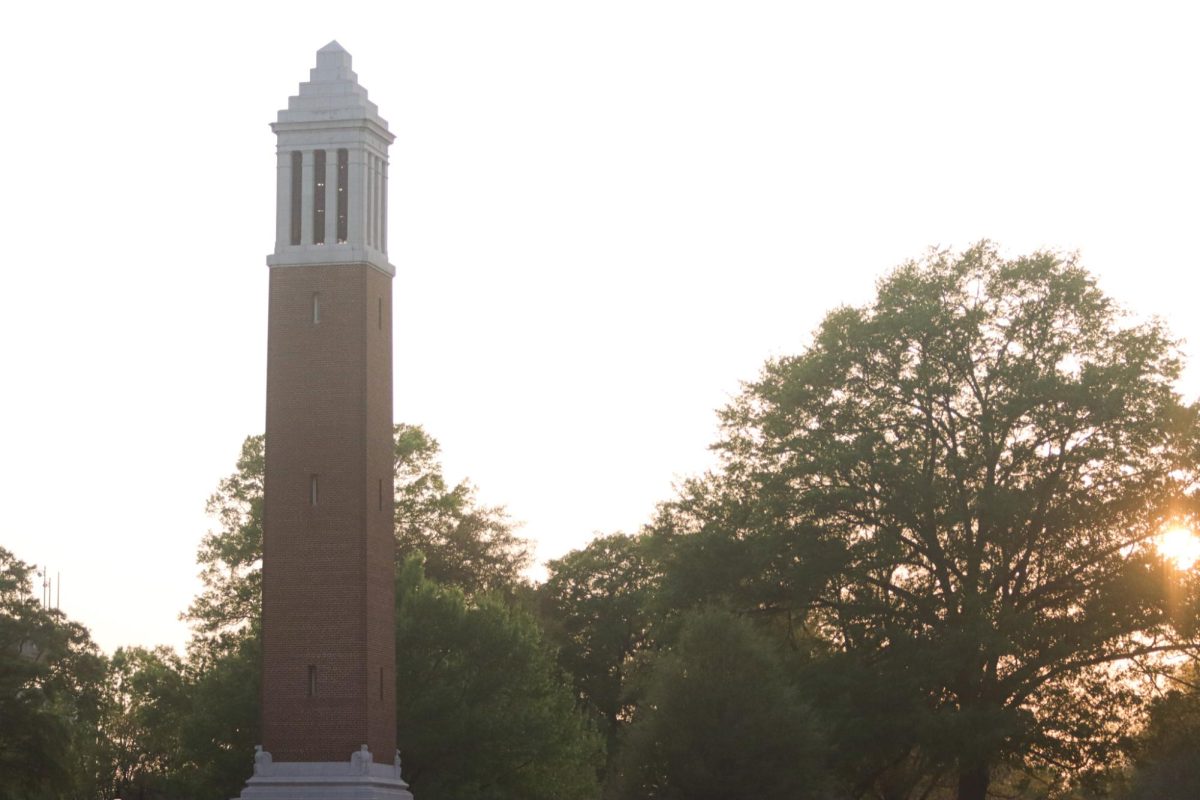Alabama’s gender wage gap is among the worst in the nation, according to a recent study by the National Women’s Law Center.
“There are a few things that we usually see in the states [with higher gender wage gaps],” Kate Gallagher Robbins, a senior policy analyst at the NWLC, said.
Robbins said states with more unionization are usually correlated with smaller gender pay gaps.
“Unionization usually correlates with more equal pay,” she said.
Robbins also looked at the kinds of jobs available to recent high school graduates.
“The bottom 10 states, a lot of those states are states that get a lot of their economy from natural resources,” Robbins said. “[Jobs in] oil drilling, logging, etc, are generally gender segregated jobs.”
Robbins also said the minimum wage can have an impact on the gender pay gap.
“States with small gender wage gaps have higher minimum wage,” she said.
The study said Alabama women earn an average of 25 percent less than white men compared to the national wage gap of 23 percent. In Alabama, white women earn 27 percent less, black women earn 43 percent less, and Hispanic women earn 59 percent less than white men.
According to the study, Alabama women with bachelor’s degrees are out-earned by males with associates degrees.
Robbins said the gap starts early.
“You do see a gap as soon as you get out of college,” she said, “but the wage gap gets worse as the years go on.”
Robbins said raises are traditionally based on income, which widens the gap over time.
Hannah Hicks, a senior majoring in philosophy and religious studies, is worried about how the gender pay gap will affect her and her friends.
“Oh yeah,” Hicks said. “It makes me mad. Unfortunately, rural areas have a long way to go on gender equality.”
She said cultural pressures can hold women back and play a role in the wage gap.
“Some of it comes from traditional values,” Hicks said. “What roles women have in society: maternal, nurturing, peacekeeping. It’s a cultural thing. There’s even a religious aspect to it.”
According to Hicks, this culture is deeply rooted, especially in Alabama.
“It’s going to take more work to end the cultural stigma associated with the gender pay gap,” Hicks said. “What do you do to rework these values that have been ingrained for all of western civilization?”
Lisa Lindquist-Dorr, an associate professor in the department of history, agrees there are cultural aspects contributing to the wage gap.
“One reason for persistent pay gaps is that the work done by women is valued less, though in part because it is women who are doing the work,” she said.
Dorr said this holds especially true at the lower end of the job market.
“At the upper reaches of the job market, women tend to be paid less because there is a perception that they are more likely to have to adjust their job around their family requirements, and thus women can be seen as less committed to their careers,” she said. “No one ever points out that it might be because men are less committed to their families or that workers might be more productive and creative if they did not always feel so frazzled trying to balance work and family.”
Lindquist-Dorr attributed the pay gap to cultural reasons. She said an emphasis on manners often leaves women without a way to know if they are being paid equitably to their male co-workers.
“[Another] cultural reason has to do with how many women approach a job interview,” Lindquist-Dorr said.
She said women tend to be much more reluctant to negotiate salary upon receiving job offers.
“So my word of advice to women on the job market, when they are offered a starting salary, is to wait for three seconds before they answer, and then say thank you and ask for ten percent more,” Lindquist-Dorr said.
Jessi Hitchins, assistant director of the UA Women’s Resource Center, works with women to overcome negotiation boundaries that often come with interviewing for a first job.
“When you start out at a lower pay in the same position with the same skills, the gap widens and widens,” Hitchins said. “Traditionally raises are based on income.”
The Women’s Resource Center works in partnership with the American Association of University Women, the UA Career Center, and the American Panhellenic Association to provide “Start Smart,” a pay negotiation workshop.
Hitchins also called for a new comfort in salary discussions.
“People need to be comfortable sharing how much we’re getting paid so we see what we’re getting paid across the board,” Hitchins said.
In addition to “Smart Start,” the Women’s Resource Center hosts Equitable Pay Week, highlighting the gender wage gap.
Graphic info:
Numbers come from a April 2012 sheet from the National Women’s Law Center.
The study said Alabama women earn an average of 25 percent less than white men compared to the national wage gap of 23 percent. In Alabama, white women earn 27 percent less, black women earn 43 percent less, while Hispanic women earn 59 percent less than white men.








